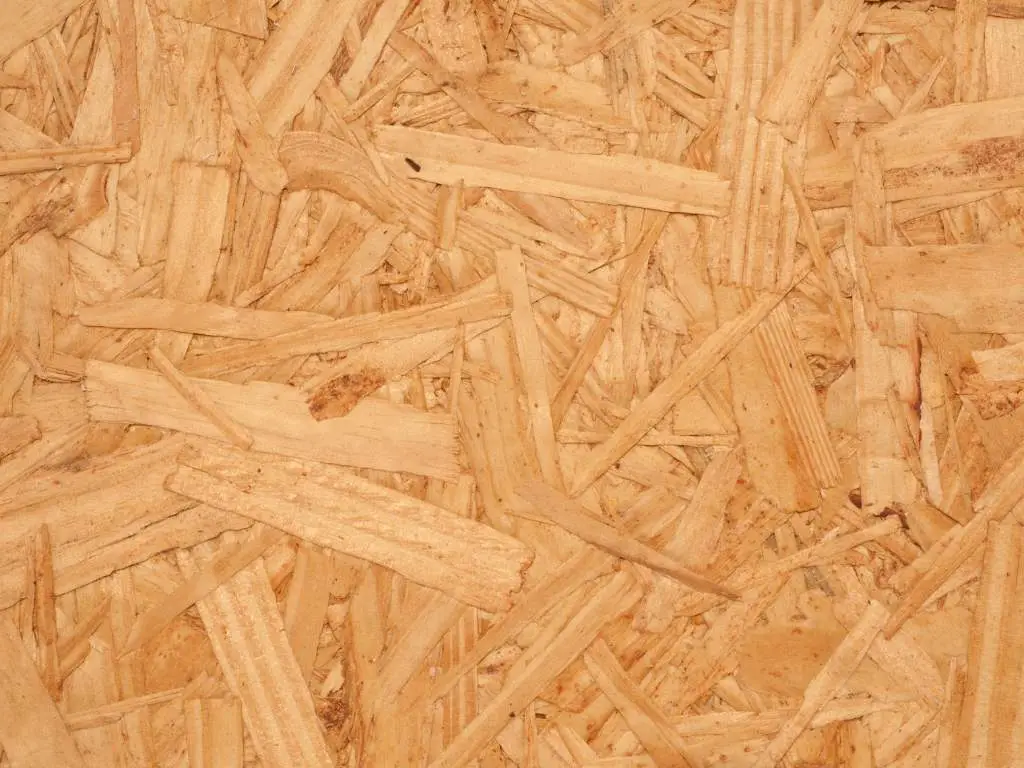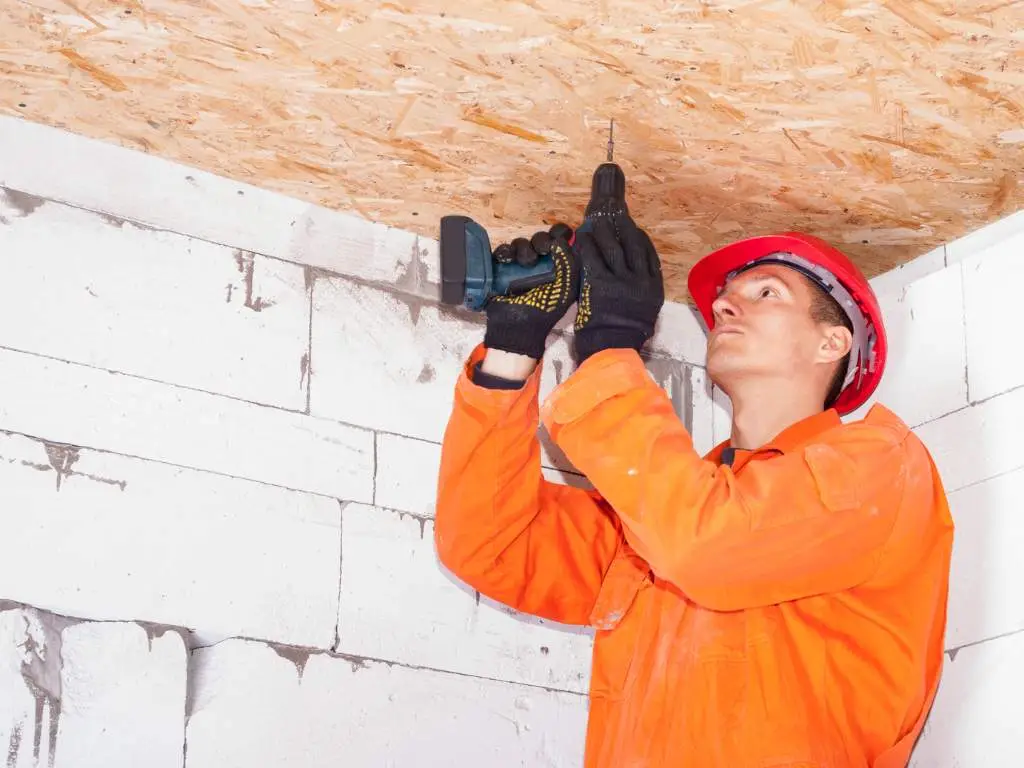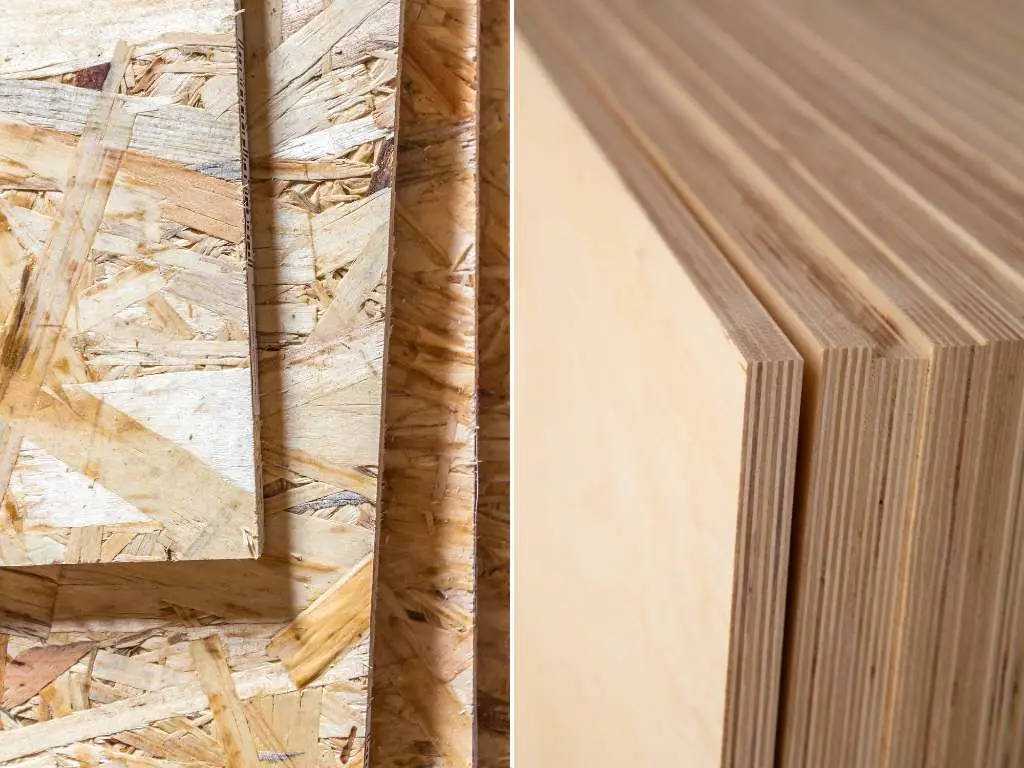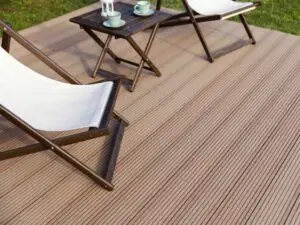The Ultimate Guide To OSB: Everything You Need To Know

Welcome to the ultimate guide on an incredibly versatile and widely used material in the construction industry — OSB. Whether you’re a seasoned professional looking for insights or a DIY enthusiast wanting to understand more about this crucial material, we’ve got you covered. In this comprehensive guide, we’ll explore its numerous applications, distinct advantages, and how it measures up against other common materials.
What Is OSB Board
OSB, an acronym for Oriented Strand Board, is a type of engineered lumber similar to particle board. It is composed of adhesives and three compressed layers of wood strands that are oriented in specific directions for enhanced strength and resilience. OSB is popular in construction due to its high mechanical properties, making it a robust choice for sheathing in walls, flooring, and roof decking.
The origin of OSB dates back to the late 1970s, when it was developed as a more affordable and efficient alternative to plywood. This invention was motivated by the rising cost and decreasing supply of high-quality softwood essential for plywood production. Over the years, improvements in the manufacture of OSB, such as enhanced resin formulations and more precise strand orientation, have led to its widespread acceptance and use in the construction and furniture industries.
How Is OSB Board Made
The production of OSB involves a series of intricate steps that begin with the careful selection and preparation of logs. These logs, typically from small, fast-growing trees, are stripped of their bark and cut into precise strands. The strands are then dried to reduce moisture, ensuring the adhesive bonds properly during subsequent stages.
After drying, the strands are mixed with a resin adhesive and wax to enhance the OSB’s water resistance ability. The mixture is then formed into large mats. These mats are composed of three layers, in which the outer layers have their strands oriented longitudinally along the board length, while the middle layer has its strands oriented perpendicular to the board length. This specific orientation of strands gives the OSB its unique strength and rigidity. The mats are then subjected to heat and pressure in a hot press, bonding the strands and forming the board. The final steps involve trimming the boards to the desired size, testing for quality assurance, and preparing for shipment.
What Is Oriented Strand Board Used For
OSB finds extensive use in various construction applications, primarily due to its high strength, versatility, and cost-effectiveness. One of the most common uses of OSB is in sheathing for walls, floors, and roofs. Its superior resistance to warping, cracking, and splitting makes it an ideal material for these applications. In wall sheathing, for instance, OSB is a robust and rigid panel that provides structural support and creates a protective barrier against external elements.
Oriented Strand Board offers a solid, stable surface capable of withstanding significant loads in flooring applications. It provides an excellent base for many types of finished flooring, including hardwood, carpet, and tile. For roof decking, where the material needs to resist varying loads and weather conditions, OSB stands out with its superior dimensional stability and strength.
OSB’s widespread use in construction is linked to its physical and mechanical properties and environmental and economic advantages. Being manufactured from fast-growing, small-diameter trees, OSB is a more environmentally friendly choice than other construction materials. Its production process allows for nearly 100% utilisation of the log, reducing waste. Lastly, regarding cost, OSB often stands out as the more economical option compared to plywood or other similar materials, making it a popular choice in a cost-conscious construction industry.

Can OSB Board Get Wet?
No, OSB boards can’t get really wet. Like any wood-based material, they are susceptible to water damage if exposed to moisture for prolonged periods. It’s important to note these boards are treated with waterproof and moisture-resistant adhesives during manufacturing, which boosts their resilience to moisture and reduces the risk of swelling or warping. However, long-term exposure to water or high humidity can saturate the board, compromising its structural integrity. Consequently, while OSB can handle occasional wetting, it should be well-protected and promptly dried to prevent damage. Construction applications often use waterproof coatings or water-resistant barriers to shield OSB from moisture exposure.
Should it be claimed that sheets of OSB are waterproof, ensure that they are actually labelled as such.
Is OSB Fireproof?
OSB, like many other wood-based products, is not inherently fireproof. It can catch fire and burn when exposed to a heat source or flames. However, it’s important to note that specific measures can be taken to enhance the fire resistance of OSB.
There are fire-retardant treatments available for OSB and other types of engineered wood. These treatments can significantly reduce the material’s flammability, slowing down the spread of fire and increasing the material’s resistance to combustion. These fire-retardant OSB boards are used in a range of applications where enhanced fire resistance is necessary, such as in commercial buildings and multi-family residences. Despite these treatments, it’s crucial to note that no wood product can be made entirely fireproof. Therefore, it’s always important to take other fire safety measures, such as installing fire alarms and using non-combustible materials in certain areas of a building.
OSB vs Plywood
Several key aspects come to the fore when comparing OSB to other sheet materials, such as plywood. Both have carved a niche in construction, but the choice between the two often comes down to specific project requirements, costs, and personal preferences.
Plywood, made by glueing thin layers of wood veneer together under heat and pressure, has been a go-to material for decades. Its strength comes from the alternating grain direction in the layers, which distributes stress and makes the panel equally strong in all directions. Plywood is often praised for its smooth finish, which can be an advantage for projects where the appearance of the material is paramount. Also, plywood tends to fare better in conditions where it is subject to moisture for a prolonged period than OSB, as it is less likely to swell and shrink.

On the other hand, OSB, as we’ve detailed above, is manufactured by binding together small, thin strands of wood using resin under heat and pressure. OSB is generally denser than plywood and has a more uniform structure, giving it an edge in strength and rigidity. It outperforms plywood in screw-holding capacity, making it an ideal choice for heavy-duty applications. Also, thanks to the advances in manufacturing techniques, high-quality OSB panels offer a performance that is on par with, if not superior to, that of plywood.
Regarding cost, OSB typically comes out as the more economical option. Combined with its strength and versatility, this has steadily gained favour in the construction industry. However, the ultimate choice between OSB and plywood, or any other sheet material, should be driven by the project’s specific demands, keeping in mind factors such as local climate, load-bearing requirements, and long-term durability.
Should you be looking for sheets of OSB for your next project Brentwood Timber Supplies can deliver throughout London, Essex, Kent and elsewhere in the south easy of the UK.
Share Article
Recent Posts
Need a quote for your next project?
Get in touch with Brentwood Timber Supplies today! We’re ready to provide you with a personalised quote tailored to your specific project needs, ensuring you get the best value and quality.



